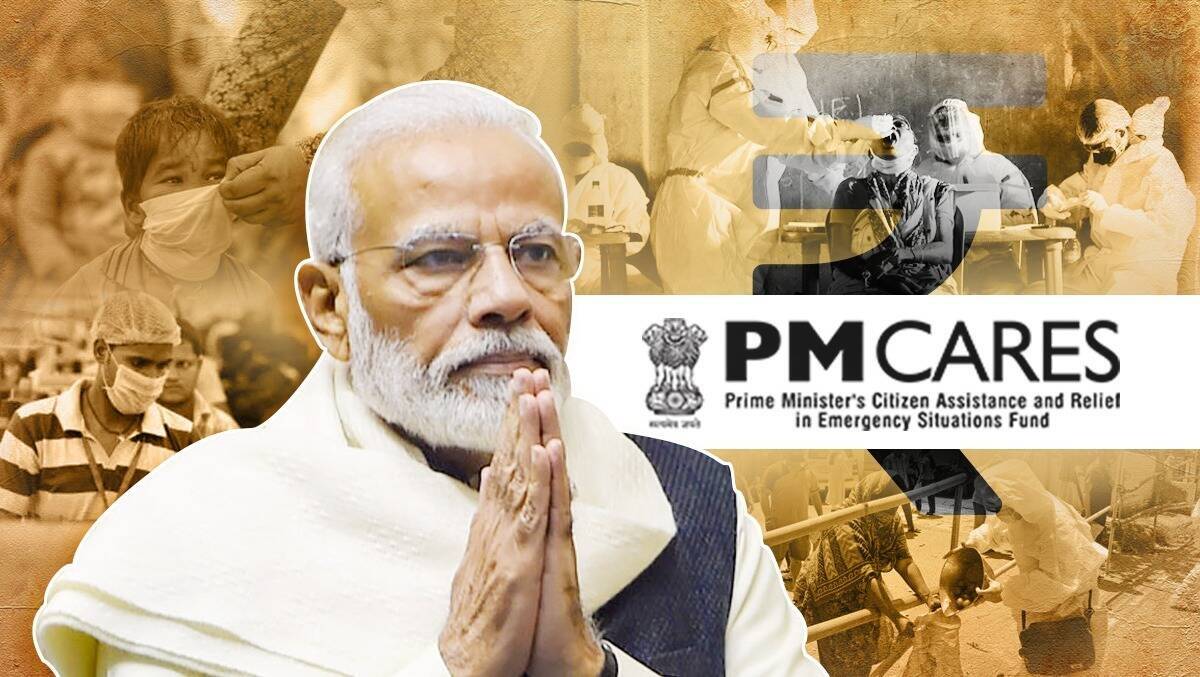Statue:The dejection of India’s healthcare sector has exposed in the phase of coronavirus pandemic. The shortage of doctors, ventilators, and also the scarcity of protective gear is the big struggles the healthcare system of our country is facing.
We all know that a lot of money will be needed to improve our healthcare system. And a nation, of 130 crore people, can fund.
PM appealed
Recently, PM Modi created the PM CARES fund and appealed to the citizens of the county for contributions to the fund. He also mentioned that the fund will also cater to a similar distressing situation in the future.
But the big question here arises that do we really need a fund?

If our government has enough money to spend on a statue which costs approx Rs 3000 crore, it is surely not difficult to spend money on containment of an outbreak as deadly as COVID 19.
How sad it is that our country tops in hunger and malnutrition overall the world, and can afford to build a statue worth thousands of crores which is not at all important as compared to health infrastructure, education, hunger, and starvation.
The cost of a ventilator in India is around 6 Lakhs and we can buy around 42000, ICU ventilators if the government spends the same amount it did on the SARDAR PATEL statue.
To build a statue
It’s an insane amount of money that was invested to build a statue, without any fund or donation. And now our government is depending on donations or funds to sustain the economy.

The dejection of India’s healthcare sector has exposed in the phase of coronavirus pandemic. The shortage of doctors, ventilators, and also the scarcity of protective gear is the big struggles the healthcare system of our country is facing.
We all know that a lot of money will be needed to improve our healthcare system. And a nation, of 130 crore people, can fund.
Recently, PM Modi created the PM CARES fund and appealed to the citizens of the county for contributions to the fund. He also mentioned that the fund will also cater to a similar distressing situation in the future.

But the big question here arises that do we really need a fund?
If our government has enough money to spend on a statue which costs approx Rs 3000 crore, it is surely not difficult to spend money on containment of an outbreak as deadly as COVID 19.
How sad it is that our country tops in hunger and malnutrition overall the world, and can afford to build a statue worth thousands of crores which is not at all important as compared to health infrastructure, education, hunger, and starvation.
The cost of a ventilator in India is around 6 Lakhs and we can buy around 42000, ICU ventilators if the government spends the same amount it did on the SARDAR PATEL statue.
Depending on donations or funds
It’s an insane amount of money that was invested to build a statue, without any fund or donation. And now our government is depending on donations or funds to sustain the economy.
The dejection of India’s healthcare sector has exposed in the phase of coronavirus pandemic. The shortage of doctors, ventilators, and also the scarcity of protective gear is the big struggles the healthcare system of our country is facing.
We all know that a lot of money will be needed to improve our healthcare system. And a nation, of 130 crore people, can fund.
Recently, PM Modi created the PM CARES fund and appealed to the citizens of the county for contributions to the fund. He also mentioned that the fund will also cater to a similar distressing situation in the future.
But the big question here arises that do we really need a fund?
If our government has enough money to spend on a statue which costs approx Rs 3000 crore, it is surely not difficult to spend money on containment of an outbreak as deadly as COVID 19.
How sad it is that our country tops in hunger and malnutrition overall the world, and can afford to build a statue worth thousands of crores which is not at all important as compared to health infrastructure, education, hunger, and starvation.
The cost of a ventilator in India is around 6 Lakhs and we can buy around 42000, ICU ventilators if the government spends the same amount it did on the SARDAR PATEL statue.

It’s an insane amount of money that was invested to build a statue, without any fund or donation. And now our government is depending on donations or funds to sustain the economy.



